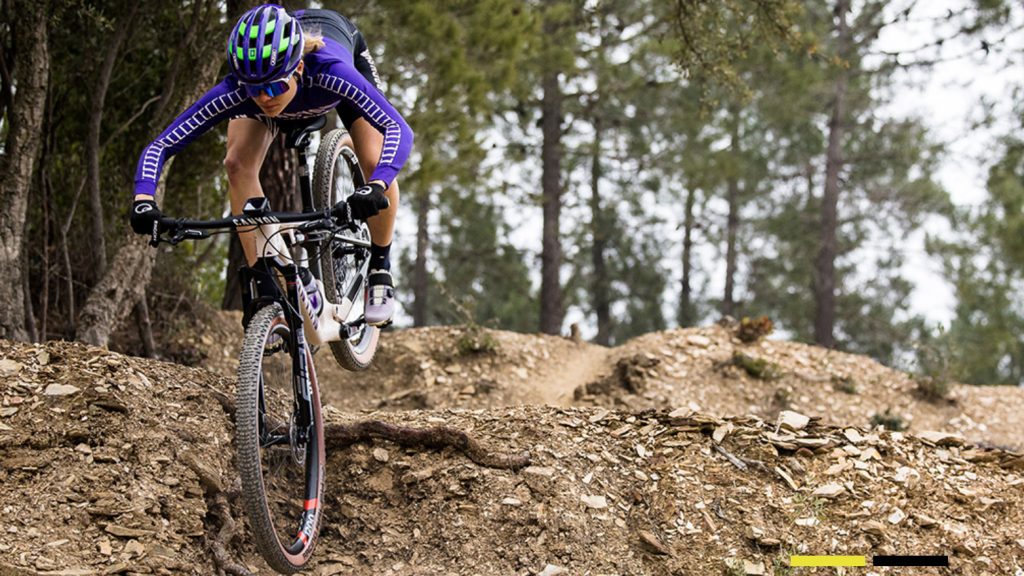Citing the benefits of inventories rebalancing in the marketplace, Compass Diversified (CODI) reported BOA’s sales surged 42.1 percent in the second quarter while PrimaLoft returned to growth with a 14 percent gain.
“As we predicted in Q1, inventory destocking headwinds subsided this past, BOA had another great quarter and PrimaLoft returned to double-digit growth,” said Elias Sabo, CODI’s CEO, on a call with analysts. “We believe both businesses are positioned for a strong back half of the year.”
Among other businesses owned by CODI in the active lifestyle space, 5.11’s sales slid 2.2 percent to $123.2 million. Velocity Outdoor’s sales tumbled 50.6 percent to $18.7 million due to the divestiture of Crosman Corporation, the air gun division of the subsidiary.
BOA’s Q2 Sales Surge 42.1 Percent
BOA’s sales in the quarter soared 42.1 percent to $54.2 million. The shoe-lacing technology brand had returned to growth in the first quarter with an 11 percent gain. CODI Partner and COO Pat Maciariello said on the analyst call, “The BOA brands saw growth in each of its industry verticals.
The hike, according to CODI’s 10Q filing, was reflected across key industries including cycling, athletic, workwear and snow sports. The increase reflected improved end-market inventory levels, coupled with market share gains in many of BOA’s key industries.
BOA’s operating income vaulted 103.7 percent in the quarter to $16.5 million from $8.1 million for the same period in 2023, according to the 10Q. Gross margins improved to 62.9 percent from 59.8 percent, driven by manufacturing overhead leverage as well as product mix. SG&A expense climbed 26.4 percent to $13.4 million due to increased employee costs related to BOA’s bonus plan and equity program but was reduced as a percent of sales to 24.7 percent from 27.7 percent a year ago.
In the first six months of the year, BOA’s sales climbed 27.5 percent to $97.1 million. Operating profit jumped 63.1 percent to $26.1 million.
PrimaLoft Returns to Double-Digit Growth
PrimaLoft’s sales advanced 14.0 percent in the quarter to $25.3 million. Maciariello said “inventory headwinds in many of its apparel categories continue to abate as expected. We are encouraged by the performance of both PrimaLoft and BOA this quarter and by their prospects for the rest of the year.”
PrimaLoft’s gains, according to CODI’s 10Q filing, were attributable to the shift by brand partners shipping product later in the production cycle in 2024 compared to the prior year. CODI said in its 10Q, “The excess inventory in the retail market became apparent in second quarter of 2023, which impacted orders during the same period last year.”
Operating income leaped 103.7 percent to $5.5 million from $2.8 million. Gross margins were slightly up to 63.4 percent from 63.1 percent due to product mix shift. The improved earnings reflect a reduction in SG&A expenses to 20.1 percent of sales from 25.7 percent a year ago due to sales leverage.
In the half, sales nudged up 2.4 percent to $47.8 million. Operating profit improved to $8.8 million from $7.8 million the prior year.
5.11’s Q2 Revenues Dip 2.2 Percent
5.11’s sales slid 2.2 percent, or $2.8 million, in the second quarter to $123.2 million.
Maciariello said 2024 is “somewhat of a transition year” for 5.11 given previously announced leadership changes, lingering inventory-related issues in its DTC channels and a “challenging” phase out of PFAS (per- and polyfluoroalkyl substances) that’s often used in waterproof gear. He said, “As a result, financial performance was somewhat muted in both the quarter and year-to-date period. However, demand for the brand this year, particularly in the professional side, remains robust. While we see financial performance in the remainder of 2024, looking similar to performance in the year ago period, we continue to expect strong growth in 2025 and beyond, following resolution of these exogenous issues facing the business.”
5.11’s revenue decrease in the quarter, according to CODI’s 10Q filing, was driven by a $3.8 million decrease in direct-to-consumer sales due to lower off price selling and an approximately $200,000 decline in domestic wholesale sales due to decreased inventory availability, which were offset by an approximately $500,000 increase in international sales growth from strong demand.
5.11’s operating income was about flat at $10.7 million against $10.6 million a year ago. Gross margins improved 90 basis points to 54.8 percent due to reduced off-price selling. SG&A expenses increased to 44.1 percent of sales from 43.5 percent a year ago due to the sales deleverage as well as a slight increase in the costs associated with additional retail stores and higher headcount year over year.
In the half, 5.11’s sales inched up 0.9 percent to $248.2 million. Operating earnings increased slightly to $18.9 million from $18.3 million a year ago.
Velocity Outdoor’s Underlying Q2 Sales Expand 5 Percent
Velocity Outdoor’s revenues declined 50.6 percent to $18.7 million due to the divestiture of Crosman. As reported, CODI said on April 30 that it sold Crosman, the air gun division of its Velocity Outdoor subsidiary, to Daisy Manufacturing Company. According to CODI’s 10Q filing, Daisy paid $63 million for Crosman.
CODI said in 10Q filing that it recorded a loss of $24.6 million on the sale of Crosman in the latest quarter. Velocity received net proceeds of approximately $58.5 million related to the sale, which was used to repay amounts outstanding under its intercompany credit agreement.
Velocity Outdoor’s remaining product categories, which consist of the archery and hunting apparel product categories, decreased 5 percent due to softness in the overall hunting and fishing market. The segment’s other brands are Benjamin, Ravin, LaserMax, CenterPoint, and King’s Camo.
Velocity Outdoor showed an operating loss of $1.9 million in the period against an operating loss of $1.6 million for the same period a year ago. Gross margins improved to 30.1 percent from 26.4 percent a year ago due to the divestiture of Crosman as the archery and hunting apparel product categories have higher margins than airgun products. SG&A expense jumped to 31.3 percent of sales from 24.0 percent due to sale deleverage.
CODI officials didn’t comment further on Velocity Outdoor’s performance on the analyst call.
CODI’s Second-Quarter Performance
CODI’s consolidated net sales were up 11 percent to $542.6 million. Adjusted to include the impact of The Honey Pot Co., which the company acquired in 2023, in both periods, sales were up 6 percent on a pro-forma basis.
CODI’s Branded Consumer segment rose 11 percent pro-forma to $373.5 million, led by gains by BOA, PrimaLoft and Lugano. The segment also includes 5.11, Velocity Outdoor, Ergobaby and The Honey Pot Co. Industrial segment net sales were down 4 percent to $169.1 million. Companies in the Industrial segment include Altor Solutions, Arnold Magnetics and Sterno.
The loss from continuing operations was $13.7 million, compared with income from continuing operations of $10.1 million. The net loss was $13.7 million, compared with net income of $17.1 million, primarily due to the loss of $24.6 million from the divestiture of Crosman. On an adjusted basis, earnings were up 36 percent to $39.8 million from $29.2 million a year ago. Adjusted EBITDA increased 27 percent to $105.4 million.
Based on CODI’s financial performance in the second quarter, its expectations for the remainder of 2024, and its current view of the economy, the company is maintaining its 2024 outlook.
Given the outperformance of its Branded Consumer companies, CODI increased the subsidiary adjusted EBITDA range for its Branded Consumer vertical by $10 million to $365 million to $395 million. However, it also reduced the subsidiary adjusted EBITDA range for our Industrial vertical also by the same $10 million to $115 million to $125 million. As a result, CODI continues to expect full year 2024 adjusted EBITDA to be between $390 million and $430 million, consistent with prior guidance.
Sabo said on the call, “We still anticipate we will hit the high end of our consolidated guidance ranges. However, we are not raising our guidance range at this point out of an abundance of caution regarding the weakening economy and a concern for the short-term performance of our three industrial businesses while overall we remain really positive about the rest of the year.”
Image courtesy BOA
















